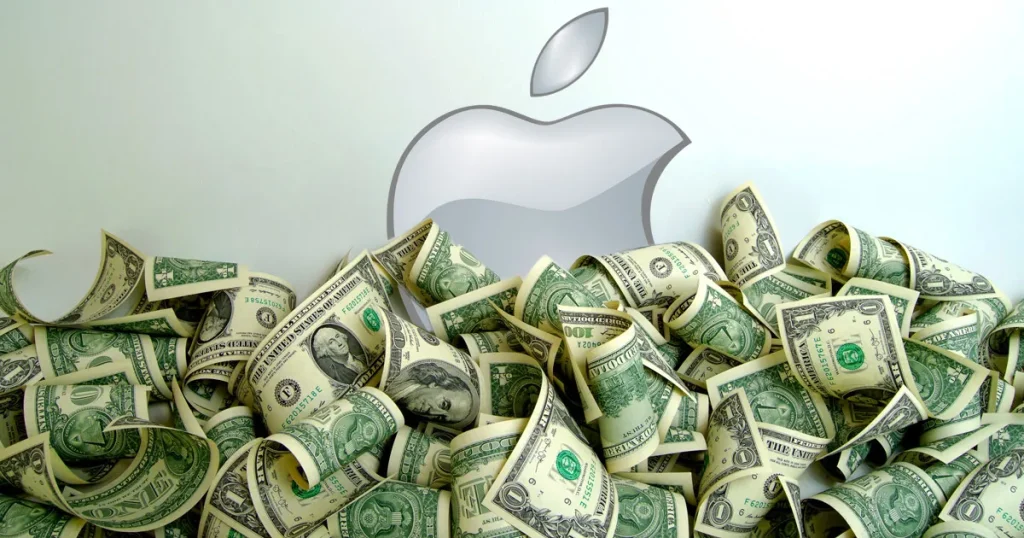Apple, a company renowned for its innovative products and services, ventured into the financial sector with Apple Pay Later, a buy now, pay later (BNPL) service that aimed to revolutionize how consumers approached financing. Launched with much fanfare, Apple Pay Later promised to offer users a seamless and convenient way to make purchases without immediate full payment, leveraging Apple’s extensive ecosystem and trusted brand.
However, the journey of Apple Pay Later was not without its share of challenges. Despite the initial excitement and the strong market potential, the service faced a series of hurdles that ultimately led to its premature demise. These challenges ranged from regulatory complexities and intense competition to shifting consumer preferences and economic instabilities. As Apple officially announces the end of Apple Pay Later, it marks a significant moment in the company’s history, offering valuable lessons for the tech giant and the broader financial services industry.
In this article, we will explore the reasons behind Apple Pay Later’s rise and fall, examining the strategic decisions, market dynamics, and external pressures that ultimately led to its discontinuation. Join us as we delve into the complexities and nuances of this financial endeavor, understanding what went wrong and what the future holds for Apple in the ever-evolving fintech landscape.
Also Read: Best Podcast App for iPhone
What happened to Apple Pay Later?
In March 2023, Apple introduced its buy-now-pay-later service, Apple Pay Later, enabling users to make purchases up to $1,000 in four equal payments with no interest or fees. While Apple Pay Later provided a seamless integration for users within the Apple ecosystem, it faced stiff competition from established BNPL providers like Klarna and Affirm. These alternatives had already secured a more extensive presence, being available as payment options on millions of websites, as reported by the Associated Press.
Apple Pay Later, however, was limited to merchants that accepted Apple Pay, restricting its accessibility compared to its competitors. To facilitate these installment loans, Apple partnered with Goldman Sachs, the bank responsible for issuing the Apple Card. Consequently, Goldman Sachs held the authority to approve applicants and determine spending limits, according to the Associated Press.
Despite these limitations, users with outstanding loans from Apple Pay Later can still manage their repayments through the Apple Pay system, maintaining the convenience and integration that Apple users expect.
Apple is still making money
Apple charges banks a fee whenever cardholders use Apple Pay, a practice that has been shown to boost consumer spending more than traditional credit card payments, according to a study from the Kenan-Flagler Business School at the University of North Carolina at Chapel Hill, as reported by CBS.

However, this fee structure has drawn criticism from credit card companies. The Wall Street Journal, citing unnamed sources, reported that these companies have been pressuring Visa to alter how some Apple Pay transactions are processed.
As of October, Visa had plans to implement these changes within the year, despite opposition from Apple. The proposed new process aims to eliminate bank fees for automatic, recurring payments for services such as gym memberships and streaming subscriptions, according to the Wall Street Journal.
Apple Pay’s success
Despite the challenges encountered by Apple Pay Later, Apple Pay has experienced significant success since its launch. According to PYMNTS Intelligence, Apple Pay surpassed PayPal as the preferred in-store digital wallet among shoppers last year.
At the start of 2022, PayPal was the dominant digital wallet for retail shoppers, but Apple Pay quickly gained ground, briefly overtaking PayPal in the first quarter of 2023, PYMNTS data shows. By the second quarter of 2024, 12% of consumers reported using a digital wallet for their most recent retail purchase, with approximately 6% opting for Apple Pay and 4% for PayPal.
Furthermore, Apple Pay’s market share is five times greater than that of Google Pay, as reported by Axios. This increased adoption of Apple Pay aligns with the overall rise in mobile sales.
Frequently Asked Questions
What is Apple Pay?
Apple Pay is a mobile payment and digital wallet service by Apple Inc. that allows users to make payments using their iPhone, Apple Watch, iPad, and Mac. It is designed to replace physical cards and cash with a more secure and convenient digital payment method.
What is Apple Pay Later?
Apple Pay Later is a buy-now-pay-later (BNPL) service introduced by Apple. It enables users to split the cost of their purchases into four equal installments over six weeks, with no interest or fees, provided payments are made on time.
How does Apple Pay Later work?
Apple Pay Later allows eligible users to choose a payment plan at checkout when using Apple Pay. The total purchase amount is divided into four equal payments, which are spread over six weeks. Users can manage their installment plans directly within the Apple Wallet app.
Conclusion
Apple Pay has emerged as a leading digital payment solution, surpassing PayPal in popularity among retail shoppers. Despite initial challenges, Apple Pay Later aims to complement this success by offering a convenient buy-now-pay-later option within the Apple ecosystem, supported by its partnership with Goldman Sachs. As digital payment trends continue to evolve, Apple remains poised to innovate and expand its influence in the financial technology sector.

